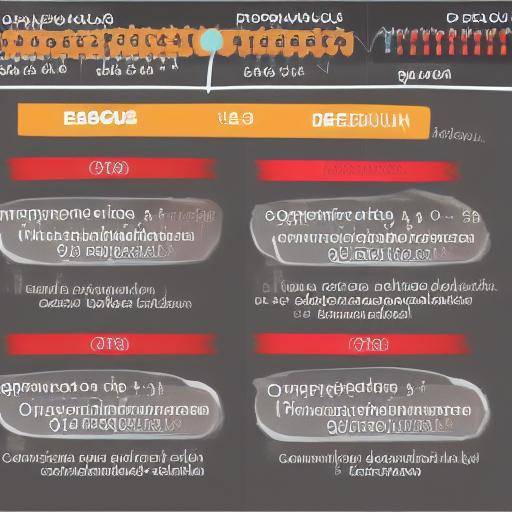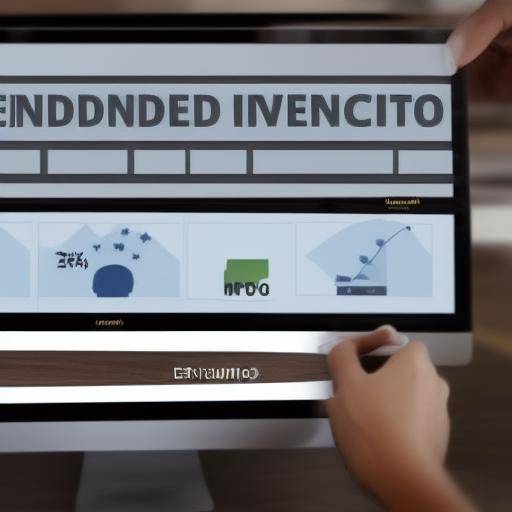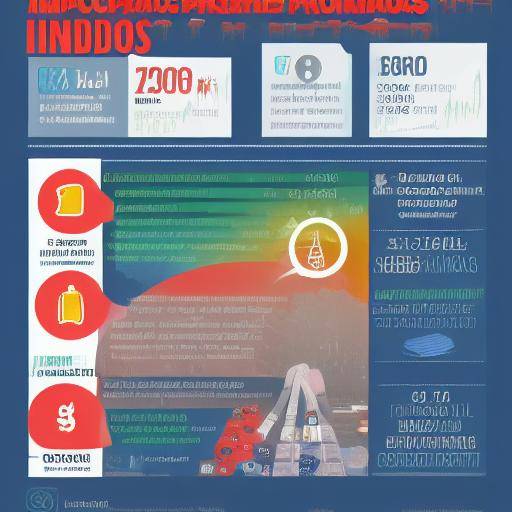
In the world of finance, the selection of short-term investment assets is a crucial decision that can significantly impact the profitability and risk of an investment portfolio. In this article, we will explore the key criteria for selecting short-term assets, analyze different approaches and risks, and provide practical advice to make informed decisions. Whether you are an experienced investor or are incurring into the world of investments, following solid criteria and conducting a thorough analysis is essential to maximize profit potential and minimize risk.
Criteria for Selection of Assets to Short Term
The selection of short-term investment assets requires rigorous analysis of several key criteria. We will then explore the most significant aspects to consider when selecting assets for a short-term investment strategy.
The criteria include:
- Liquidity: The ability to quickly convert an asset into cash is critical for short-term investments, as it provides flexibility and the ability to leverage emerging opportunities.
- Reliability: Identifying assets that deliver attractive returns in the short term is essential to maximize profits over a specific period of time.
- Risk: Assessing the risk associated with each asset is crucial to protecting capital and minimizing possible losses on a limited investment horizon.
- Volatility: Understanding the volatility of an asset and its impact on potential gains is critical to making informed decisions on short-term investments.
- Diversification: Asset diversification can help mitigate risk by distributing investments in different types of assets or sectors.
Analysis of Assets to Short Term
Short-term asset analysis involves carefully evaluating past performance, market trends and other relevant factors that may influence the future performance of an asset. This process may include technical analysis, fundamental analysis and analysis of the economic and political environment.
The technical analysis focuses on price patterns, transaction volume and other quantitative variables to identify investment opportunities. On the other hand, the fundamental analysis examines the economic, financial and commercial foundations of an asset. In addition, the analysis of the economic and political environment assesses the macroeconomic and geopolitical factors that could affect the performance of a short-term asset.
Risk Management in Short-term Investments
In the context of short-term investments, risk management is critical to protecting capital and preserving profitability. Strategies such as the use of stop-loss orders, asset diversification and constant risk assessment are essential aspects of risk management in short-term investments.
In addition, understanding the specific risk of each asset, as well as its correlation with other assets in the portfolio, can provide a clearer view of overall risk exposure and allow for more informed decision-making.
Conclusion
In short, the selection of short-term investment assets requires a methodical approach that integrates sound criteria, comprehensive analysis and effective risk management. By carefully considering liquidity, profitability, risk, volatility and diversification, investors can make informed decisions that maximize profit potential and reduce risk exposure.
That said, it is essential to remember that all investments involve a degree of risk, and it is crucial to conduct proper diligence and seek professional advice before making investment decisions. In understanding and applying the necessary criteria and analysis, investors can improve their chances of success in the short-term investment market.
Frequently asked questions
1. What are the benefits of short-term investment compared to long-term investments?
Short-term investment can provide an opportunity to quickly leverage market fluctuations and generate profits over a shorter period of time. However, it also implies a higher level of risk and volatility compared to long-term investments.
2. How does liquidity affect the selection of short-term investment assets?
Liquidity plays a crucial role in short-term investments, as it allows the ability to buy and sell assets quickly. Lack of liquidity can limit flexibility and capacity to capitalize on emerging opportunities.
3. What is the importance of technical analysis in the selection of short-term assets?
Technical analysis is important in the selection of short-term assets, as it provides information on market price patterns and trends that can be useful in identifying investment opportunities.
4. What are some effective strategies for managing risk in short-term investments?
The use of stop-loss orders, asset diversification, and constant risk assessment are effective strategies for managing risk in short-term investments.
5. What role does volatility play in the selection of short-term assets?
Volatility is an important factor to consider the selection of short-term assets, as it can influence the profit potential and the stability of investment.
6. When is the right time to consider selling an asset in a short-term investment strategy?
The right time to sell an asset in a short-term investment strategy will depend on various factors such as investment objectives, market analysis and current economic conditions.
In short, the selection of short-term investment assets requires a strong understanding of key criteria, comprehensive analysis and effective risk management. By carefully considering these aspects and seeking professional advice where necessary, investors can make informed decisions that allow them to maximize profit potential and minimize risk in their short-term investments.
Remember that it is always important to understand the risks associated with investments and to seek professional financial advice according to your individual circumstances. We hope this article has been useful to you and has provided you with the information necessary to make informed decisions on your short-term investments.

















































